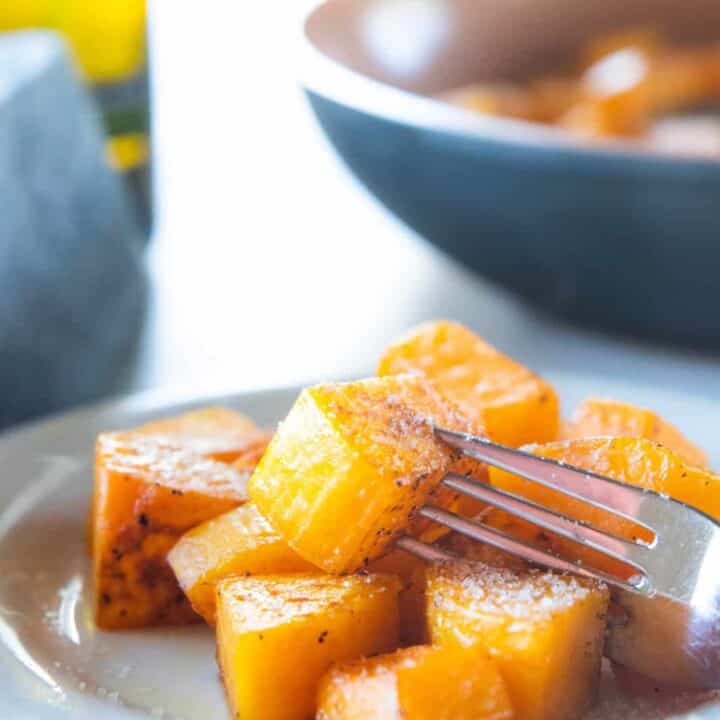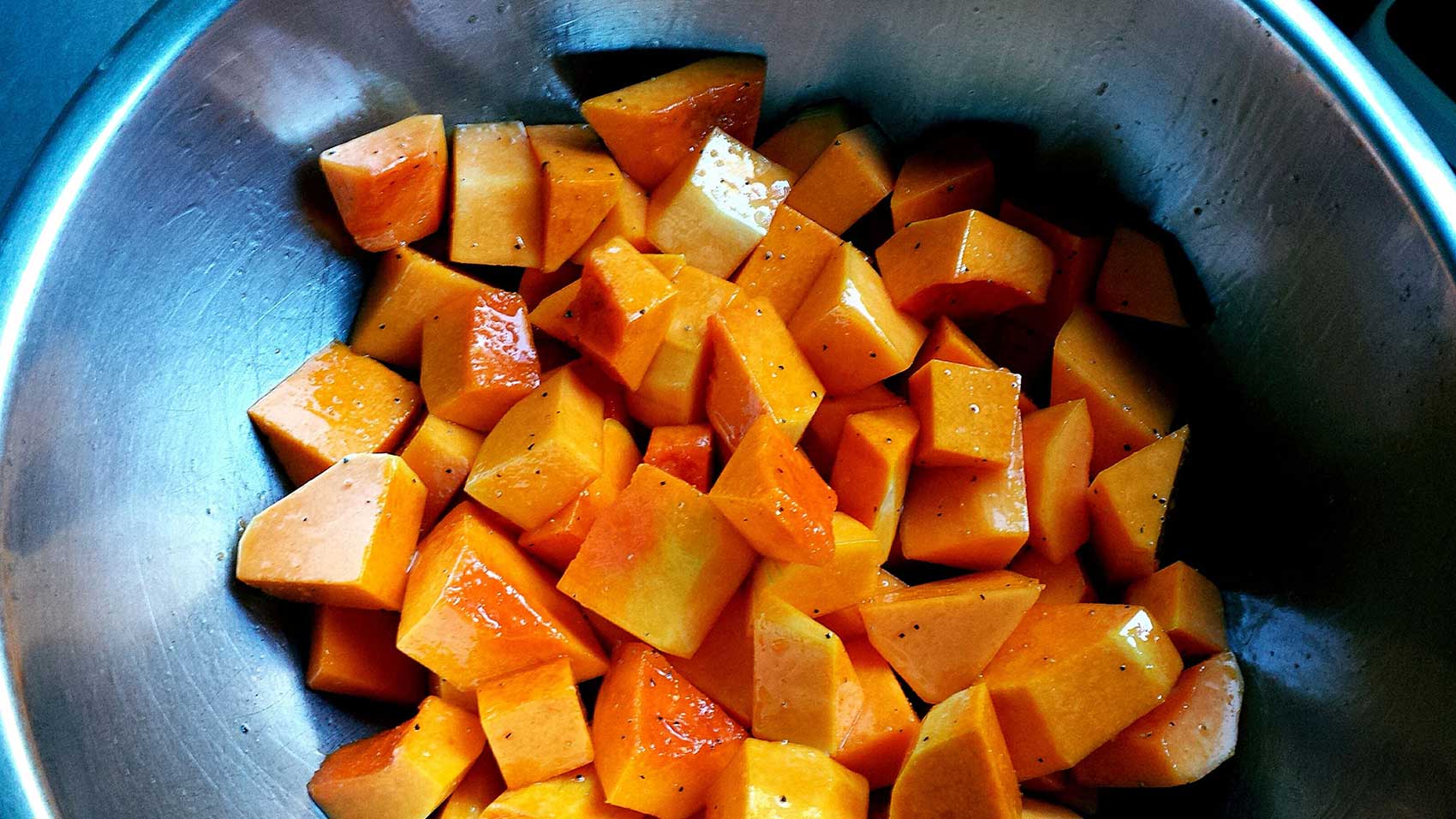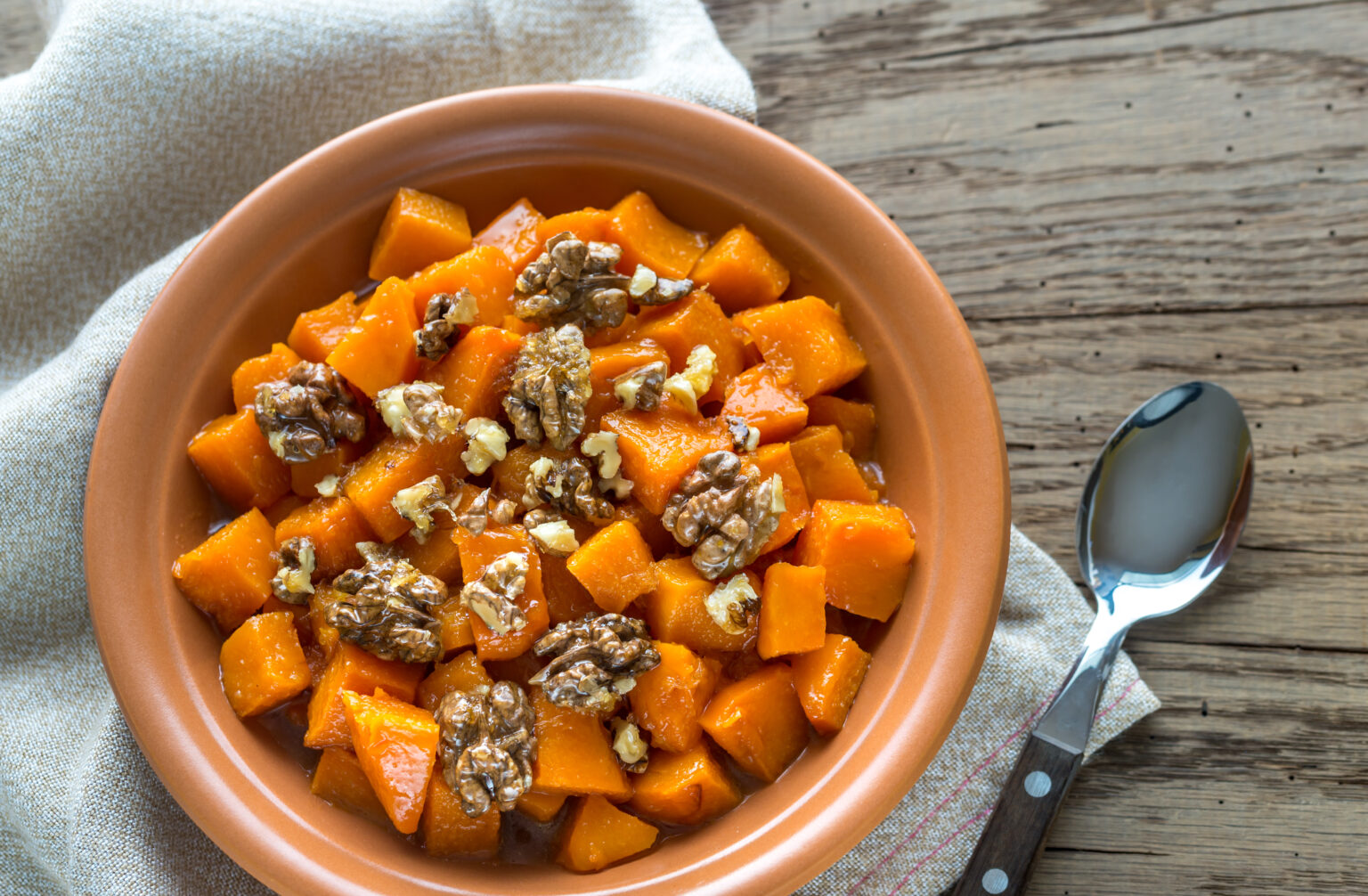Cooking Butternut Squash on the Stove: A Flavorful Guide
I. Introduction to Cooking Butternut Squash on the Stove

When it comes to cooking butternut squash, the stovetop offers a versatile and efficient method. This guide will explore the reasons why butternut squash is a great choice for stovetop cooking and the steps for preparing and cooking it.
A. Why Choose Butternut Squash?
- Nutrient-rich and Versatile Vegetable: Butternut squash is packed with essential nutrients such as vitamins A and C, as well as fiber. It can be used in a variety of dishes, from soups and stews to salads and side dishes.
- Delicate and Sweet Flavor Profile: Butternut squash has a naturally sweet and nutty flavor that pairs well with a variety of herbs, spices, and seasonings. It can add depth and richness to both savory and sweet dishes.
B. Benefits of Stovetop Cooking
- Efficient and Controlled Cooking Process: Cooking butternut squash on the stovetop allows for faster and more controlled cooking compared to methods such as baking or roasting. This is especially beneficial when you don’t have a lot of time.
- Enhanced Flavor and Texture: Stovetop cooking helps to develop a caramelized exterior and a tender interior, enhancing the natural flavors and textures of the butternut squash.
II. Preparing Butternut Squash for Stovetop Cooking
Proper preparation of butternut squash is essential for ensuring successful stovetop cooking.
A. Selecting and Storing Butternut Squash

- Choosing a Ripe and Fresh Squash: Look for a butternut squash that feels heavy for its size and has a hard, unblemished skin. Avoid squash with soft spots or mold.
- Proper Storage Techniques: Store whole butternut squash in a cool, dry place, such as a pantry or cellar, for up to several weeks. Once cut, wrap the unused portion tightly in plastic wrap and refrigerate for up to five days.
B. Peeling and Dicing Techniques
- Removing the Skin Safely: Start by cutting off the stem and the bottom of the butternut squash. Stand it upright and carefully peel the skin using a sharp vegetable peeler or a knife.
- Dicing into Uniform Pieces: Once peeled, slice the butternut squash in half lengthwise and scoop out the seeds. Cut the squash into even-sized cubes or slices for more consistent cooking.
III. Stovetop Cooking Techniques for Butternut Squash
There are several stovetop cooking techniques that work well for butternut squash.
A. Sautéing Butternut Squash
- Preheating the Pan and Adding Oil: Heat a skillet or sauté pan over medium heat and add a small amount of oil or butter. Allow the oil to heat up before adding the diced butternut squash.
- Sautéing with Herbs and Spices: Add herbs, spices, and seasonings of your choice to the pan while sautéing the butternut squash. Stir occasionally and cook for about 10-15 minutes or until the squash is tender and lightly browned.
B. Steaming Butternut Squash
- Using a Steamer Basket or Pot: Fill a pot with a small amount of water and place a steamer basket or a heatproof colander inside. Bring the water to a boil. Add the diced butternut squash to the steamer basket or colander, cover the pot, and steam for about 10-15 minutes or until the squash is easily pierced with a fork.
- Timing and Checking Doneness: Check the butternut squash periodically during steaming to prevent overcooking. The squash should be tender and easily mashed with a fork.
IV. Flavoring and Seasoning Butternut Squash

To enhance the natural sweetness and flavor of butternut squash, there are several methods and complementary ingredients you can use.
A. Enhancing Natural Sweetness
- Caramelizing with Honey or Maple Syrup: Drizzle honey or maple syrup over the diced or roasted butternut squash before cooking it. The natural sugars in these sweeteners will caramelize and enhance the squash’s natural sweetness.
- Roasting Techniques for Deeper Flavor: Roasting butternut squash in the oven brings out its natural flavors and intensifies its sweetness. Toss the diced squash in olive oil, salt, and pepper, then roast at around 400°F (200°C) until it is tender and caramelized.
B. Complementary Flavors and Pairings
- Adding Herbs and Spices: Butternut squash pairs well with a variety of herbs and spices. Try seasoning it with cinnamon, nutmeg, ginger, or thyme to add warmth and depth to the flavor. Experiment with different combinations to find your preferred flavor profile.
- Combining with Other Vegetables or Proteins: Butternut squash can be paired with other vegetables, such as Brussels sprouts, carrots, or onions, to create a flavorful medley. You can also incorporate it into dishes with proteins like chicken, sausage, or tofu for added texture and flavor.
V. Serving and Enjoying Butternut Squash

Butternut squash can be enjoyed in a variety of ways, from side dishes to main courses or even desserts.
A. Suggested Serving Methods
- Side Dish Accompaniment: Serve roasted or sautéed butternut squash as a delicious and nutritious side dish alongside roasted meats, grilled fish, or as a complement to your favorite grain dishes.
- Incorporating into Main Courses: Use pureed butternut squash as a base for creamy sauces or soups, or incorporate it into risottos, pasta dishes, or stir-fries to add depth and creaminess.
B. Creative Culinary Uses
- Soups, Salads, and Casseroles: Pureed butternut squash can be transformed into a creamy soup or added to salads for a burst of color and flavor. It can also be used in casseroles or gratins to create a rich and satisfying dish.
- Desserts and Baked Goods: Butternut squash can be used in desserts such as pies, cakes, muffins, or even cookies. Its natural sweetness adds a unique twist to traditional recipes and provides a moist texture.
Cooking butternut squash on the stove is a delightful way to enjoy the natural flavors and nourishing qualities of this versatile vegetable. This comprehensive guide has provided step-by-step instructions for preparing, cooking, and seasoning butternut squash on the stovetop. By using sautéing or steaming techniques and incorporating various flavors and seasonings, you can create a delicious and satisfying dish. Explore different serving methods and culinary uses to enjoy the versatility of butternut squash in both savory and sweet preparations. So, grab your skillet or steamer, embrace the unique taste of butternut squash, and savor the delectable delights of stovetop cooked butternut squash.
